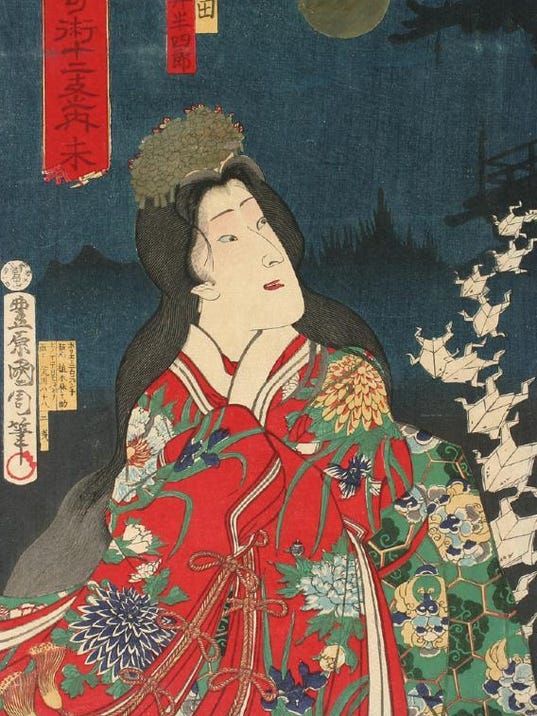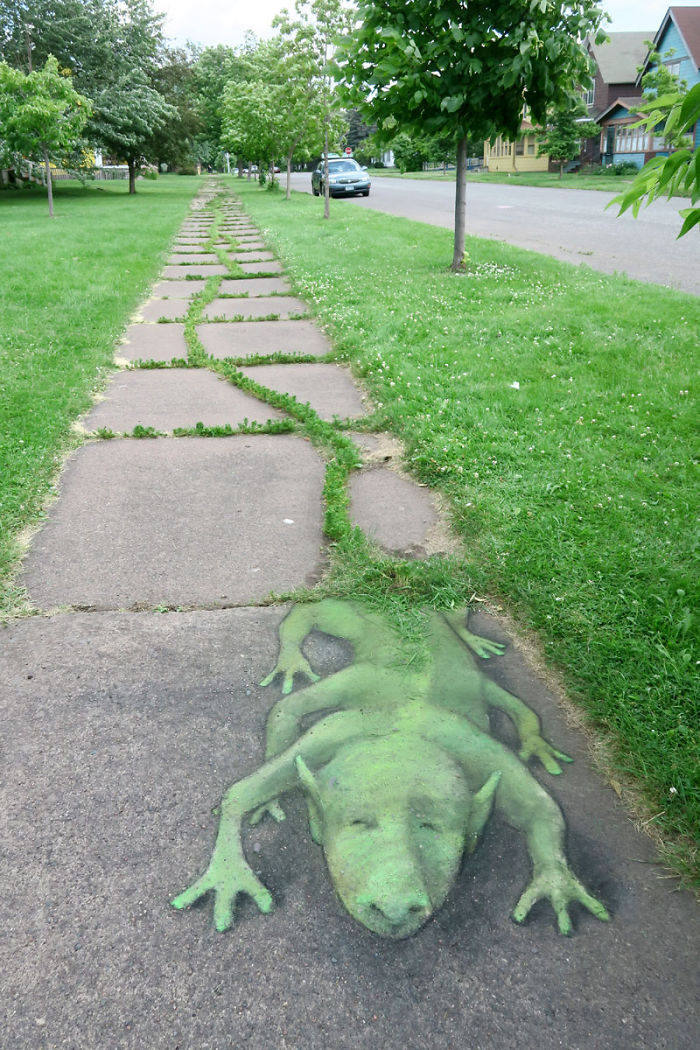
Although the UMMA houses many intriguing exhibits, the Japanese Prints of Kabuki Theater has become a favorite for visitors of the museum. The art of kabuki theater, which is a classical form of Japanese drama that dates as far back as the 17th century, has been captured by colorful woodblock prints for the public to view. The exhibit currently showcases a collection of these prints, including those made by admired print-artists such as Utagawa Toyokuni and Toyohara Kunichika.
When I first stepped into the exhibit, I was greeted by oriental music and a large wall colored in blue, with text that described the art of kabuki theater. After reading the text, I make my way around the room—it was spacious, with clean white walls that had splashes of color from prints. These depictions of theater showcased famous actors and actresses in scenes from actual plays, as well as fictional ones. Some of the scenes included actors in disguise from enemies, lovers who were reunited, and battle scenes.


Among the collection of prints was a showcase for a bright red kimono with gold embroidery in the shape of various animals. This kimono was iconic for a specific kabuki actress, who was rarely seen wearing kimonos of other colors.
Next to the kimono was a TV that played a video recording of a kabuki theater performance from the late 1900s, a visual that seemed to bring the prints to life.
Overall, visiting the exhibit was a wonderful experience. I was enlightened of an aspect of Japanese culture that I did not know existed. Don’t miss the chance to view the exhibit for yourself—it will be at the UMMA until the 29th of this month, from 11AM – 5PM on Tuesdays through Saturdays, 12PM – 5PM on Sundays!






 stupendous tour guide compared two images of the Brooklyn bridge and pointed out how one was a standard picture of a bridge, while the other focused on the shapes and form of the structures of the bridge.
stupendous tour guide compared two images of the Brooklyn bridge and pointed out how one was a standard picture of a bridge, while the other focused on the shapes and form of the structures of the bridge.



